Sanjo, Japan, June 12 (V7N) – As vibrant green rice seedlings sway gently in the fields of Satoshi Yamazaki's farm, a growing storm over the cost of Japan's staple food is brewing, threatening to impact the government in upcoming upper house elections.
The price of rice in Japan has nearly doubled within the past year, fueled by supply chain disruptions and exacerbating existing inflation frustrations. This surge has pushed the government to tap into emergency stockpiles since March, a measure usually reserved for natural disasters, in an effort to ease the burden on consumers and restaurants.
Satoshi Yamazaki, an organic rice farmer who uses ducks for pest control, acknowledges that high prices are "troubling" for ordinary citizens. However, the 42-year-old father of seven emphasized the precarious profits faced by many producers. "There's a gap between shop prices and what farmers sell rice for to traders and the like," he told AFP from his farm in the northern Niigata region. "Not all the money paid at shops becomes our income."
A complex interplay of factors is behind the current shortages. An intensely hot and dry summer two years ago significantly damaged harvests nationwide. Experts also point to some traders hoarding rice in anticipation of future profit increases. The situation was further compounded by panic-buying last year, triggered by a government warning of a "megaquake" that ultimately did not materialize.
Adding to the demand, the rising cost of imported food has boosted the popularity of domestically grown rice, while a record influx of tourists is also contributing to increased consumption.
Farm Minister Shinjiro Koizumi has pledged to accelerate price reductions by directly selling stockpiled rice to retailers, a move that has drawn long queues to some shops. This strategy appears to be having some effect, with the average retail price for five kilograms of rice edging down for a second consecutive week to 4,223 yen ($29), a slight dip from its May high of 4,285 yen.
However, opposition politicians, with an eye on next month's elections, and online critics have seized on the issue, branding the reserve rice as "old" and even likening it to animal feed.
Analysts, meanwhile, largely blame Japan's decades-old policy of reducing rice-farming land. This policy, introduced in 1971 to bolster prices affected by a shift in Japanese dietary habits, incentivized farmers to cultivate other crops. As a result, the land dedicated to rice paddies (excluding livestock feed) plummeted from a 1960 peak of 3.3 million hectares to below 1.4 million hectares in 2024. While the policy was officially abolished in 2018, its legacy continues through incentives pushing farmers towards other commodities like soybeans.
The crisis is further exacerbated by Japan's rapidly aging population, with many rice farmers being elderly and their children showing little interest in continuing the family business. Kazunuki Oizumi, professor emeritus of Miyagi University and an agronomy expert, noted that 80 percent of rice farmers work part-time on small plots, accounting for only 20 percent of national production, with their main income often derived from other jobs or pensions.
Toru Wakui, chairman of a large-scale farm in the northern Akita region and a long-time critic of the acreage reduction policy, advocates for Japan to "seek an increase in rice production and exports to foreign markets." He stressed, "If you only think about the domestic market while increasing output, of course prices will fall. We need to look for markets abroad." Wakui, 76, who sent a letter to Koizumi last month urging him to "declare an expansion in rice production," argues that "The 55 years of acreage reduction destroyed Japan's agriculture." He also proposed a scheme to help young people enter agriculture by involving other sectors, including banks and trading companies, to alleviate the burden of initial investment.
Public support for Prime Minister Shigeru Ishiba's government has reportedly fallen to its lowest point since he took office in October, with local media attributing this partly to soaring inflation and rice costs. Ishiba has told parliament that increasing production is "an option" to temper prices, while also emphasizing the importance of food security and the livelihoods of producers.
For farmer Satoshi Yamazaki, the public's desire for "cheap rice with high quality" is an unrealistic expectation. "We farmers are a little baffled by the limelight that suddenly shifted to us," he admitted, "But I think it's a good opportunity for the public to think about how rice is produced."
END/WD/RH/



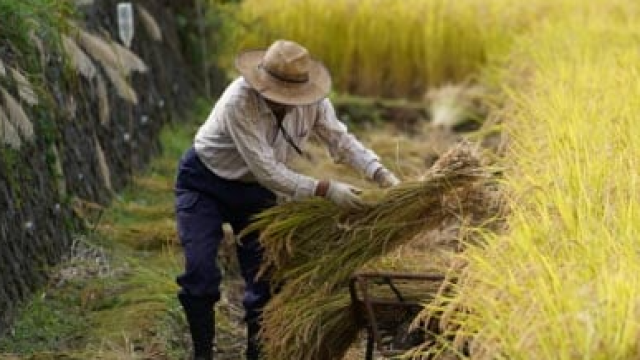

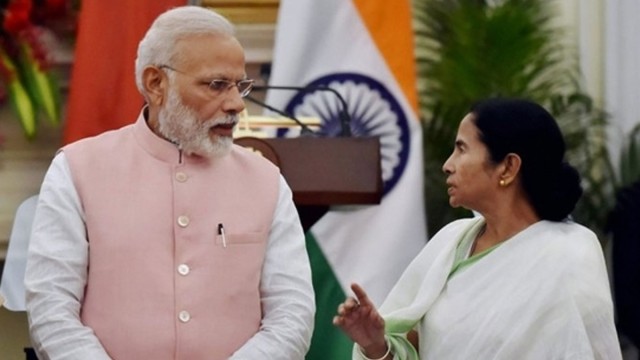
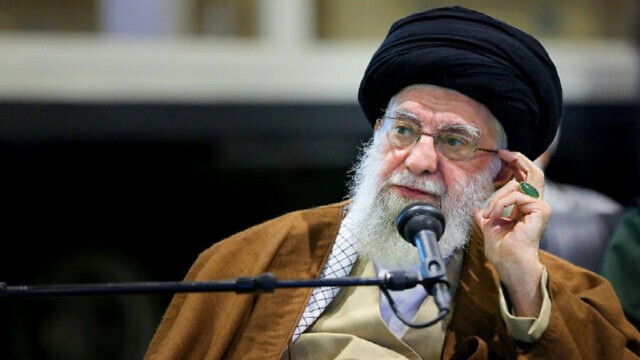
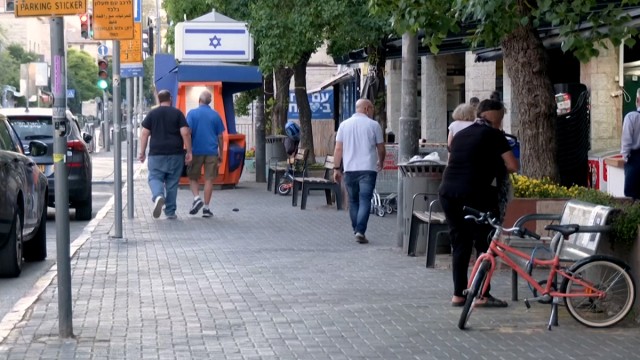

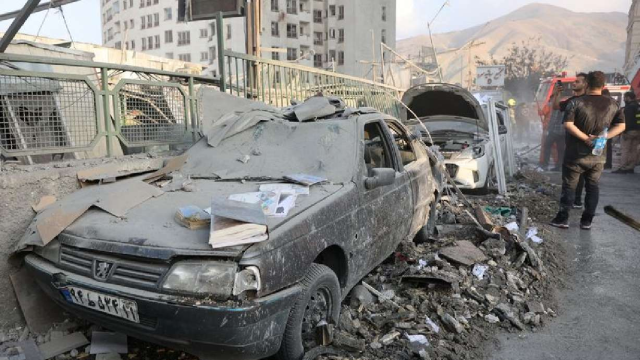
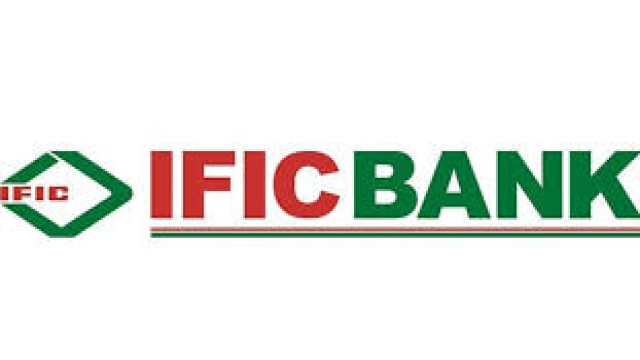


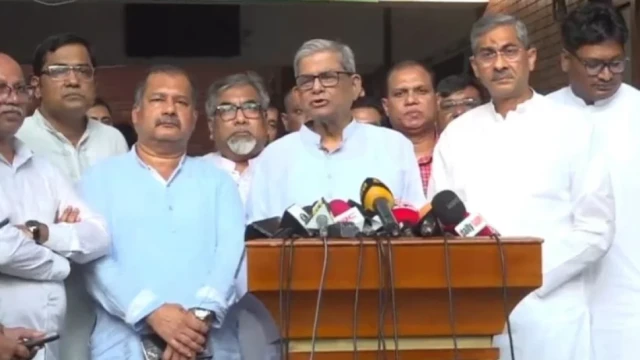
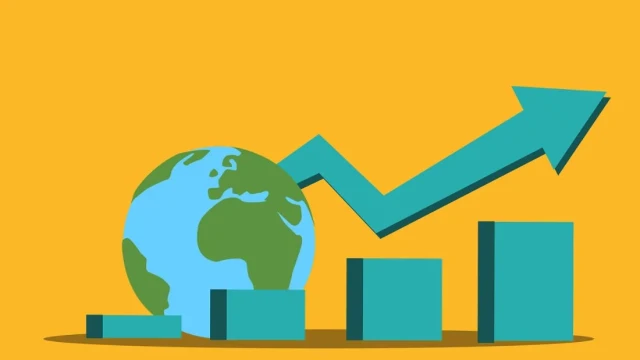

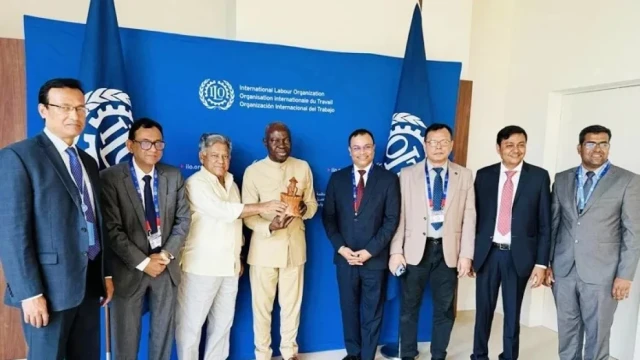


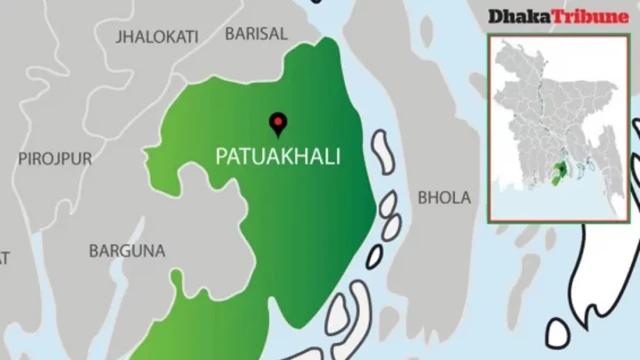

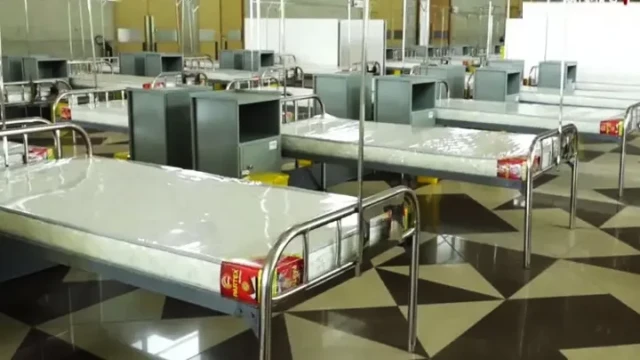
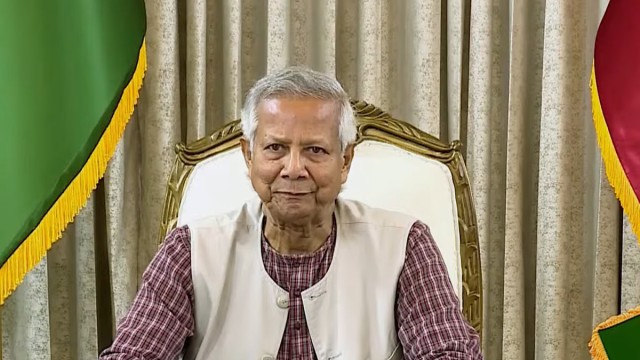
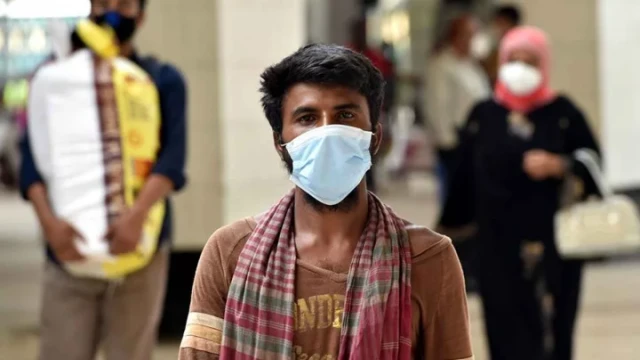
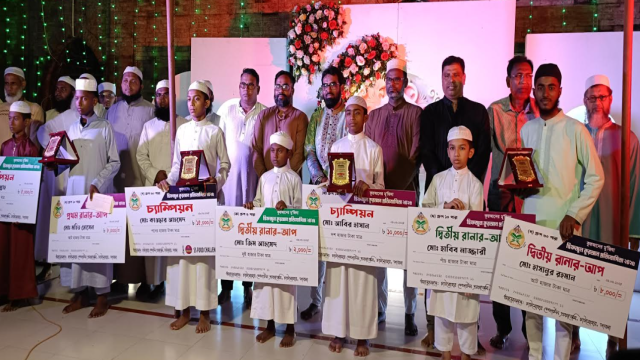
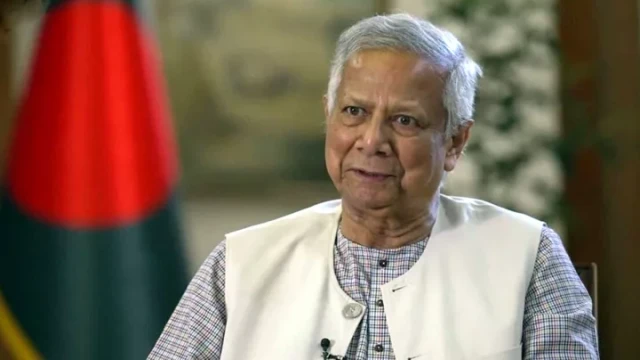
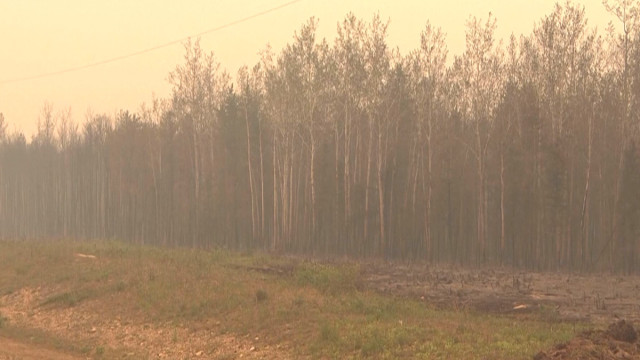

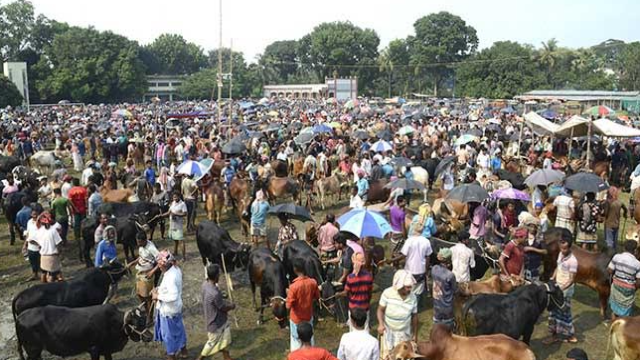
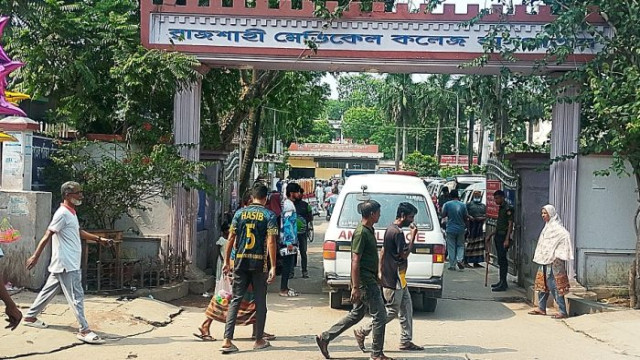
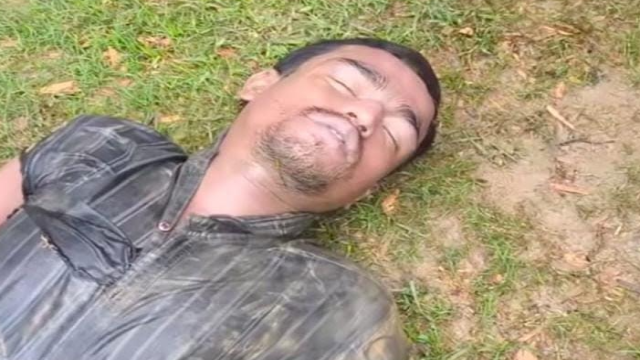
Comment: